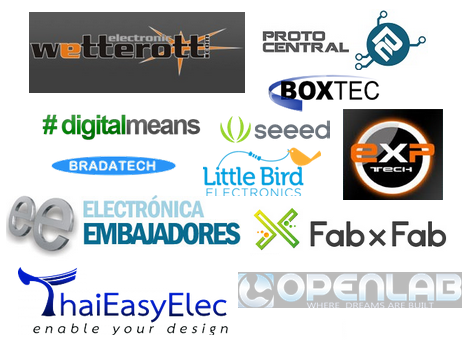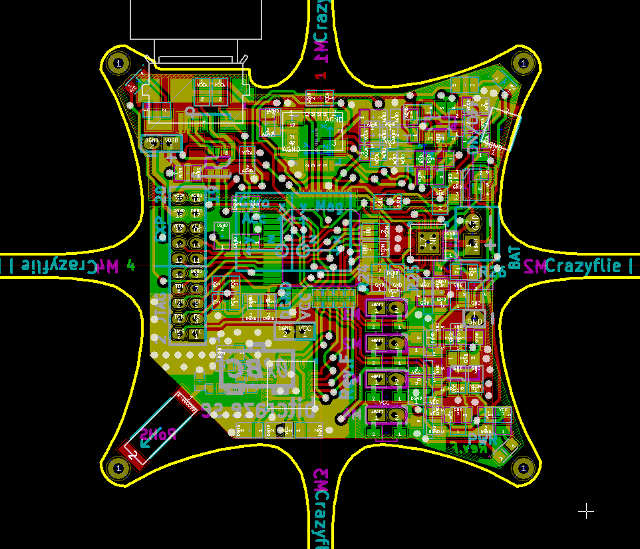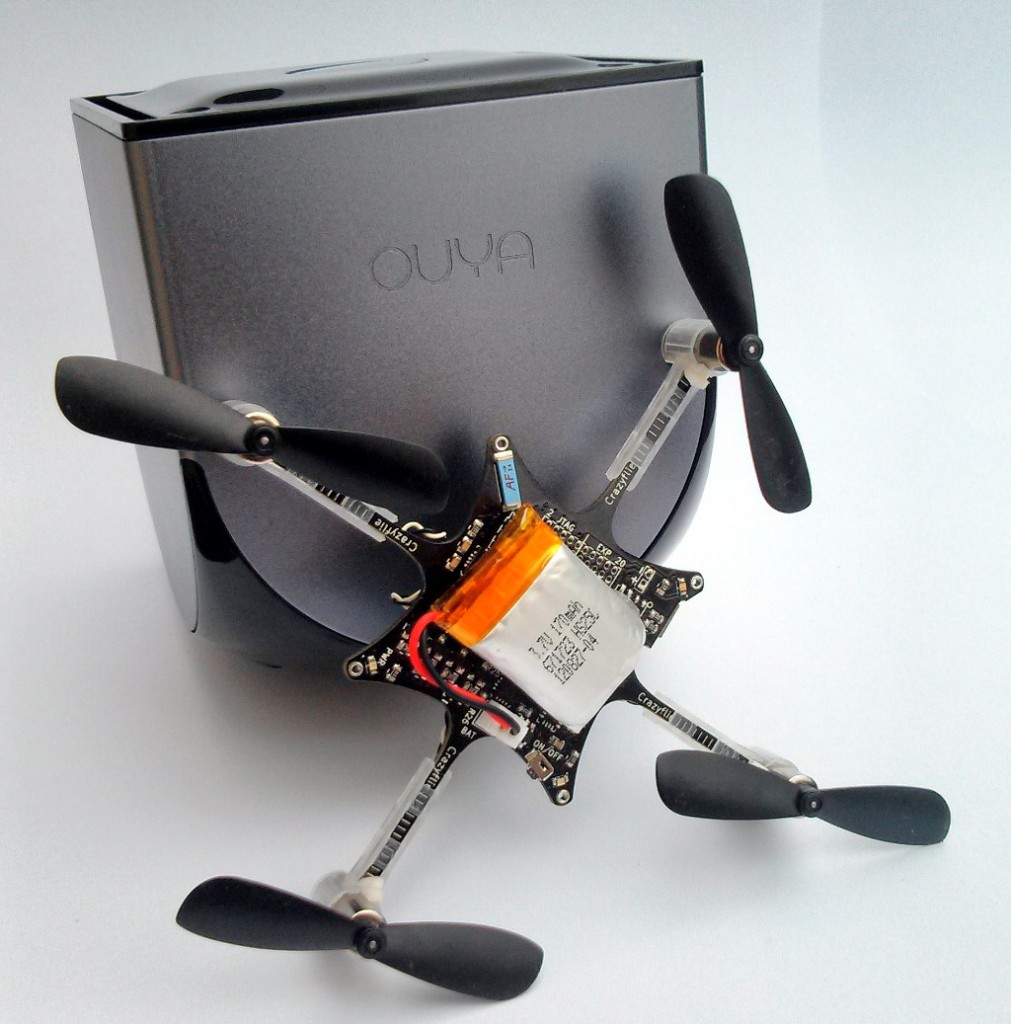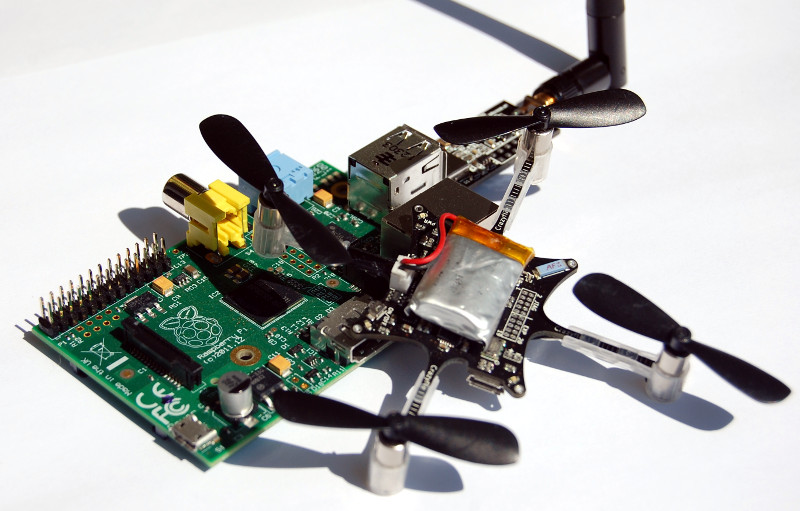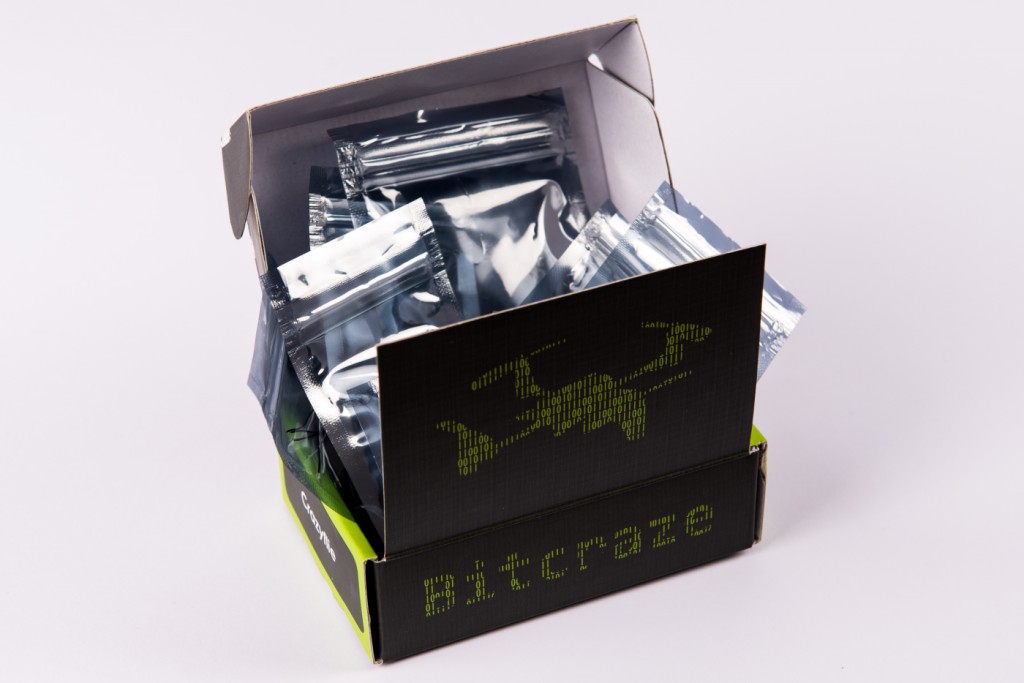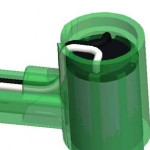We are now all back from vacation, restarting the work on Bitcraze stuff. We are looking forward to play with the Leap Motion we just received…
The development is still going forward. Among other things the Android client development has greatly improved lately and we are hopefully getting closer to the first official binary release. We are also thinking of releasing a new version of the client and firmware as some functionalities and bug fix has been implemented since the last version.
After the second batch was finished we made the Bitcraze products available to distributors through the Seeedstudio Warehouse. Now we are really excited to see that our products have started showing up in distributor webshops around the globe. In order for our users to easily find local retailers we have compiled a list of distributors. There’s some lag between the time you start distributing our products until we get notified by Seeedstudio, so if you are not in the list of distributors drop us an email and we will add you.